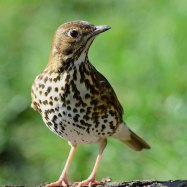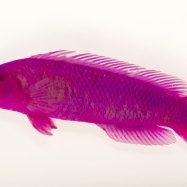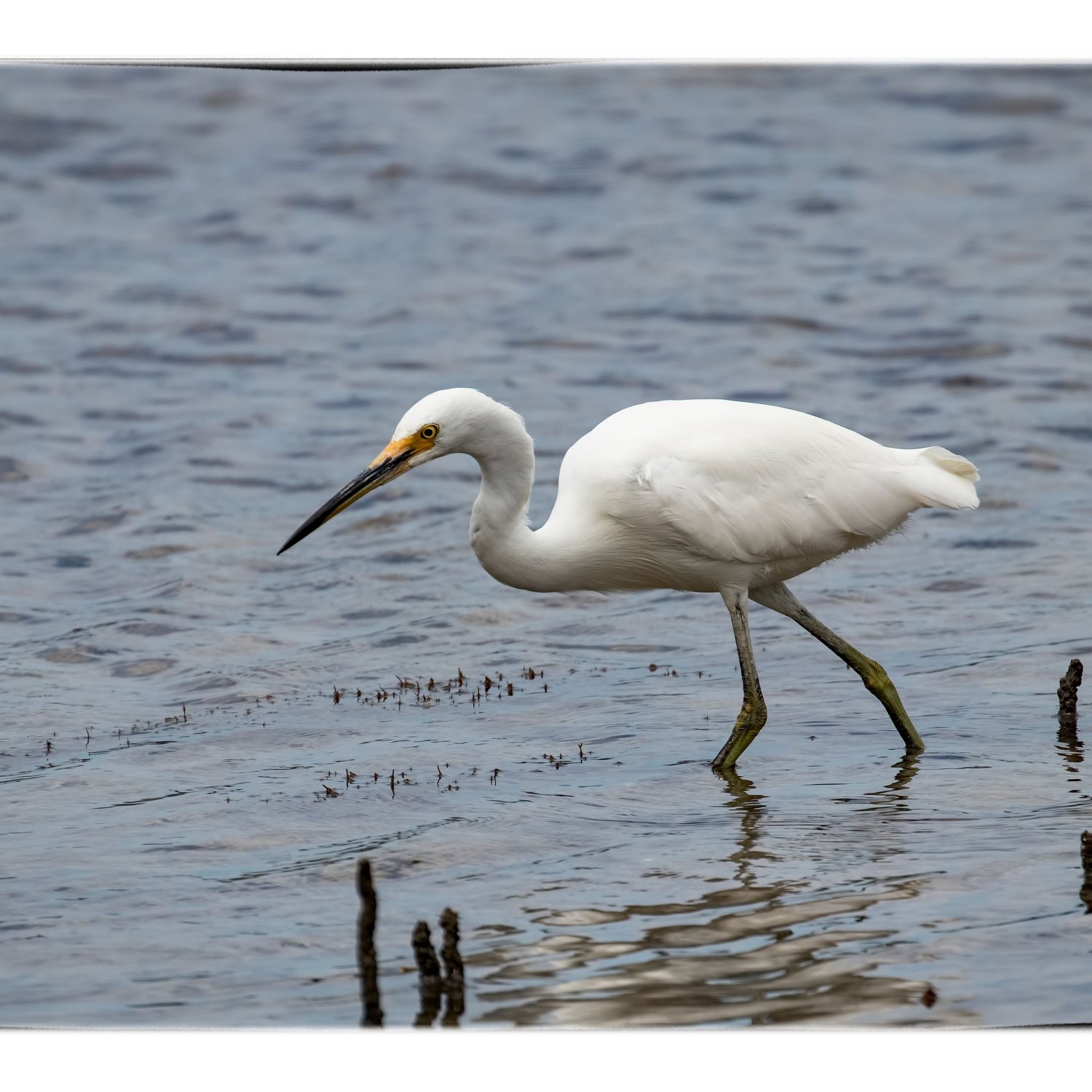
Great Egret
35-41 inches (88-104 cm)
The Great Egret, a majestic bird with a length of 35-41 inches, can be found in coastal areas and freshwater habitats. Belonging to the Ardeidae family, this tall and slender creature is a common sight for birdwatchers and nature enthusiasts alike. Keep an eye out for this beautiful bird on your next visit to the coast or near a body of water! #GreatEgret #Nature #CoastalCreatures
Animal Details Summary:
Common Name: Great Egret
Kingdom: Animalia
Habitat: Wetlands, marshes, swamps, rivers, lakes
The Graceful Great Egret: A Majestic Bird of Wetlands
The beauty of nature is unparalleled, and one such stunning creature is the Great Egret. This majestic bird, also known as Ardea alba, belongs to the order Pelecaniformes and the family Ardeidae. Residing in wetlands, marshes, swamps, rivers, and lakes, this bird is widely distributed across North and South America, Europe, Asia, Africa, and Australia. The Great Egret is a carnivorous bird, primarily found in coastal areas and freshwater habitats across the United States Great Egret.The Great Egret’s Kingdom and Physical Characteristics
The Great Egret belongs to the Animalia kingdom and Chordata phylum, making it a vertebrate. Its elegant, tall, and slender body shape, standing at an impressive 35-41 inches (88-104 cm), is a sight to behold. With its long legs, graceful white plumage, and a wingspan of up to 51 inches (130 cm), the Great Egret is a marvelous creature to observe in its natural habitat.Feeding and Habitat
The Great Egret's primary diet consists of fish, frogs, small reptiles, insects, and sometimes small mammals. It uses its sharp bill to catch its prey, whether in water or on land. These birds are expert hunters, swiftly striking their prey and swallowing them whole.Their natural habitat varies, from freshwater marshes to coastal areas, making it a versatile bird. Its preferred habitats include wetlands, rivers, lakes, and swamps, where food and water are readily available. Nesting colonies can also be found in these areas, making it a popular breeding ground for the Great Egret Great Pyrenees Mix.
Geographical Distribution and Conservation Status
The Great Egret is a widespread bird, found across various regions of the world. In North America, it can be found from southern Canada to the Gulf of Mexico and in Mexico as far south as Central America. Its range also extends from the Caribbean to the Galapagos Islands in South America. In Europe, it can be found in Spain, Portugal, France, and the United Kingdom.Despite its global distribution, the Great Egret has faced challenges in certain areas due to habitat loss and hunting. In the early 1800s, these birds were heavily hunted for their feathers, which were used in the fashion industry. This led to a drastic decline in their population, and they were nearly driven to extinction.
Fortunately, with the Migratory Bird Treaty Act of 1918 and other conservation efforts, the Great Egret's population began to recover. Today, it is listed as Least Concern on the IUCN Red List, and its numbers continue to grow.
The Great Egret’s Behavior
Apart from its stunning physical appearance, the Great Egret is known for its unique behaviors. During the breeding season, these birds form colonies with other heron and egret species, and it is a magnificent sight to see so many of these tall, white birds in one place. They are also very vocal, making a distinctive croaking sound during mating rituals.Unlike other birds, the Great Egret is known to use baiting techniques when hunting. It drops small objects, such as twigs or feathers, into the water to attract fish, making it easier to catch their prey. This behavior is a testament to the intelligence and adaptability of these birds.
Importance in the Ecosystem
As with most birds, the Great Egret plays a crucial role in the ecosystem. As an apex predator, it helps to keep the population of its prey in check, ensuring a healthy balance in the food chain. Its nesting colonies also act as a natural filtration system, helping to purify the water in wetland areas. Moreover, its unique feeding techniques also help to improve the water quality of its habitats.The Great Egret also plays a vital role in the dispersal of plant seeds. When these birds move between different habitats, they inadvertently carry the seeds of plants with them, helping to spread and diversify vegetation in various areas.
The Great Egret in Culture
Throughout history, the Great Egret has been a symbol of grace, beauty, and wisdom in many cultures. In ancient Egypt, these birds were revered and associated with the god of the sun, Ra. It was also believed that they carried the souls of the dead to the afterlife.In modern times, the Great Egret continues to inspire artists and conservationists alike. It has been featured in various works of art, including paintings, sculptures, and literature, showcasing its ethereal beauty and importance in nature.
Encountering the Great Egret in the Wild
For birdwatchers and nature enthusiasts, encountering the Great Egret in its natural habitat is a memorable experience. These birds are usually found in quiet, secluded areas, making them a challenge to spot. However, with patience and keen observation, one can witness their graceful movements and unique behaviors up close.If you are lucky enough to spot a Great Egret, remember to observe from a safe and respectful distance. These birds are sensitive and can be easily disturbed, so it is essential to take precautions not to cause them stress.
In Conclusion
In conclusion, the Great Egret is a remarkable bird, both visually and in its contributions to the ecosystem. Despite facing challenges in the past, it has made a remarkable recovery, with its numbers on the rise. By educating ourselves and others about these beautiful creatures, we can help to ensure their continued survival for generations to come. So let us admire and appreciate the Great Egret, one of nature's most graceful and majestic birds.

Great Egret
Animal Details Great Egret - Scientific Name: Ardea alba
- Category: Animals G
- Scientific Name: Ardea alba
- Common Name: Great Egret
- Kingdom: Animalia
- Phylum: Chordata
- Class: Aves
- Order: Pelecaniformes
- Family: Ardeidae
- Habitat: Wetlands, marshes, swamps, rivers, lakes
- Feeding Method: Carnivorous
- Geographical Distribution: North and South America, Europe, Asia, Africa, Australia
- Country of Origin: United States
- Location: Coastal areas, freshwater habitats
- Animal Coloration: White
- Body Shape: Tall and slender
- Length: 35-41 inches (88-104 cm)
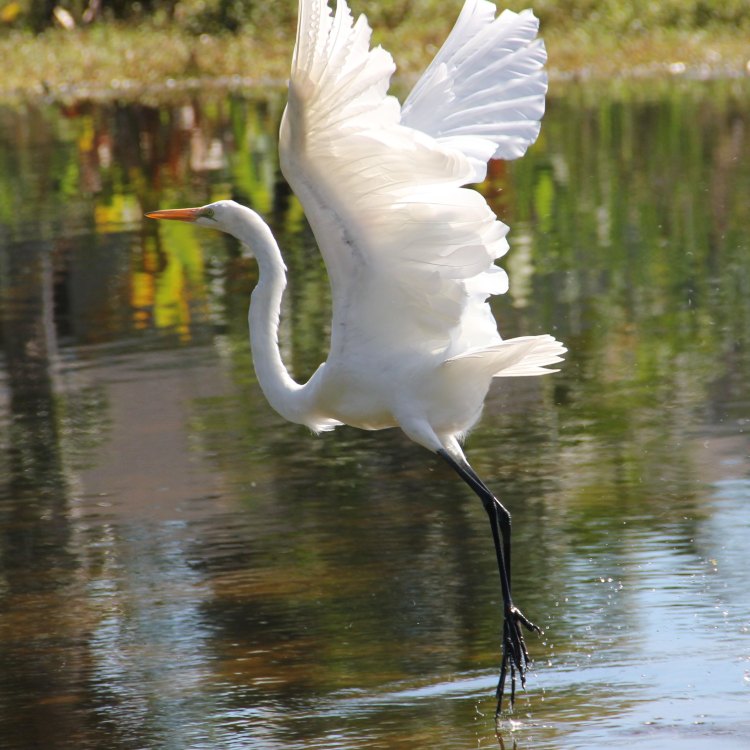
Great Egret
- Adult Size: Large
- Average Lifespan: 15 years
- Reproduction: Sexual
- Reproductive Behavior: Monogamous
- Sound or Call: Loud croaking, squawking, and guttural calls
- Migration Pattern: Migratory
- Social Groups: Solitary or in small groups
- Behavior: Diurnal (active during the day), solitary foraging
- Threats: Habitat loss, pollution, poaching
- Conservation Status: Least Concern
- Impact on Ecosystem: Top predator, helps control fish populations
- Human Use: Tourism, birdwatching
- Distinctive Features: Long neck and legs, yellow bill, elegant plumage
- Interesting Facts: The Great Egret was almost hunted to extinction for its beautiful feathers
- Predator: Large birds of prey, alligators
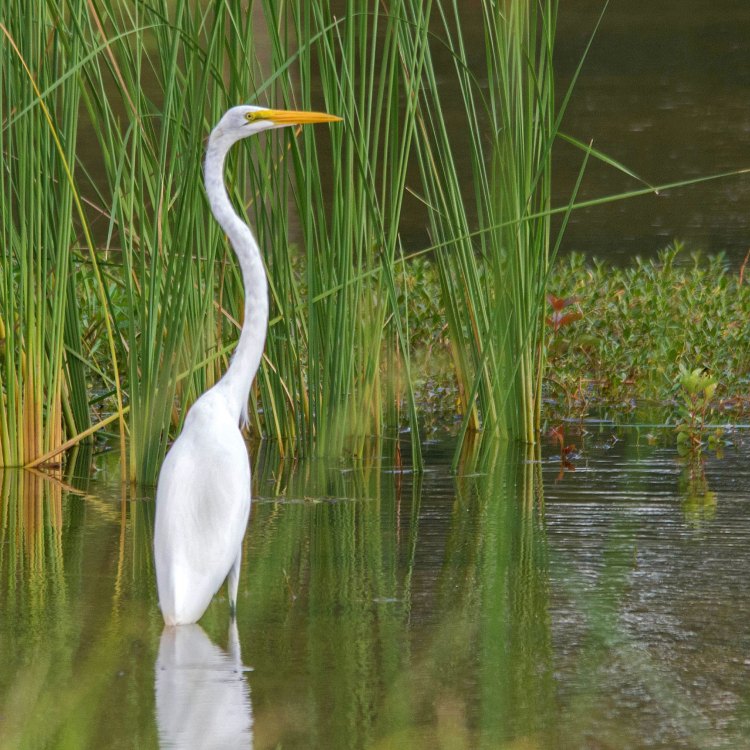
Ardea alba
The Majestic Great Egret: A Symbol of Resilience and Beauty in the Wild
As the sun rises over the marshlands, a graceful white bird stands tall amid the golden reeds. Its long neck and legs blend seamlessly with the water, while its elegant plumage catches the light, creating a breathtaking sight. This is the Great Egret – a magnificent and majestic creature that has captured the hearts of birdwatchers, photographers, and nature lovers alike.The Great Egret (Ardea alba) is a large, majestic, and iconic bird that can be found in wetlands, marshes, and shallow bodies of water throughout the world PeaceOfAnimals.Com. It is a member of the heron family, along with other notable species such as the Blue Heron and the Grey Heron. With its striking appearance and fascinating behaviors, the Great Egret has become a symbol of resilience and beauty in the wild.
Let's take a closer look at the fascinating features and unique characteristics of this impressive bird.
Size, Lifespan, and Reproduction
The Great Egret is a large bird, measuring up to 40 inches in height and with a wingspan of 55 inches. They can weigh between 1.6 to 3.3 pounds, making them one of the largest birds in the heron family.On average, Great Egrets can live up to 15 years in the wild. However, there have been records of individuals living up to 22 years in captivity Guinea Fowl. Their long lifespan is largely due to their ability to adapt and thrive in various environments.
Great Egrets reproduce sexually, with both males and females playing an active role in courtship and nesting. During mating season, males show off their majestic plumage and perform elaborate dances to attract a mate. Once a pair has bonded, they will build a nest together where the female will lay 2-3 eggs. Both parents take turns incubating the eggs and caring for the chicks until they are ready to leave the nest.
Monogamous Reproductive Behavior
One fascinating reproductive behavior of Great Egrets is their monogamous nature. This means that they mate for life and will only seek out a new mate if their current one dies.This behavior is crucial for the survival of the species as Great Egrets are known to have low reproductive rates. By mating for life, the pair can focus on raising their young and ensuring the survival of their species.
Migratory Patterns and Social Groups
Great Egrets are migratory birds, meaning they travel long distances to find suitable habitat and food sources. They can be found in North and South America, Europe, Asia, Africa, and Australia. During the breeding season, they will migrate to northern areas with more abundant food sources, while in the winter, they will move to warmer regions.While they are usually solitary birds, Great Egrets can also be found in small groups during migration or in areas with plenty of food. They are also known to roost with other heron species, such as the Snowy Egret and Great Blue Heron.
Diurnal Behavior and Foraging
As diurnal creatures, Great Egrets are most active during the day, making them a favorite sight for birdwatchers. They have sharp eyesight and excellent hearing, allowing them to locate prey in their surroundings.Their main food sources include fish, amphibians, crustaceans, and insects, which they catch by standing still and striking quickly with their sharp beaks. They are also known for using their feet to stir up the water and flush out prey.
Great Egrets are also skilled hunters, using their long necks to reach into tight spaces and their sharp bills to skewer prey. They are efficient foragers and can consume large amounts of food, making them essential for regulating fish populations in their habitats.
Threats to the Great Egret and Conservation Status
Despite their resilience and adaptability, the Great Egret faces several threats that impact their survival and reproductive success.One of the biggest threats to the Great Egret is habitat loss. Wetlands and marshes are being destroyed at an alarming rate due to development, agriculture, and pollution. The destruction of these crucial habitats not only affects the Great Egret but also the many species that rely on them for survival.
Poaching and illegal hunting also pose a significant threat to the Great Egret. In the 19th and early 20th centuries, these birds were hunted nearly to extinction for their beautiful feathers, which were in high demand for use in fashion and decoration. Thanks to conservation efforts and legal protection, the Great Egret has made a remarkable recovery, but the threat of poaching still remains.
Fortunately, the Great Egret is currently not listed as an endangered species, and its conservation status is listed as Least Concern by the International Union for Conservation of Nature (IUCN). However, it is crucial to continue monitoring and protecting their habitats to ensure their continued survival.
The Great Egret's Impact on the Ecosystem
As top predators, Great Egrets play a crucial role in controlling fish populations in their wetland habitats. By regulating the number of prey species, they help maintain a healthy balance in the ecosystem.Additionally, the Great Egret's presence can also benefit other species in their habitat. For example, their foraging behavior can help create new habitats for smaller animals by stirring up sediments and creating small pools of water where other species can thrive.
Human Use and Conservation Efforts
Although illegal hunting and habitat destruction have posed significant threats to the Great Egret in the past, humans have also played a positive role in their conservation.The Great Egret has become a symbol of resilience and beauty, attracting many birdwatchers and tourists to areas where they can be observed in their natural habitats. This has helped create economic incentives for conserving wetlands and protecting their habitats.
In addition, conservation efforts have also played a crucial role in protecting the Great Egret. Legal protections, habitat restoration projects, and captive breeding programs have all helped to improve their population numbers and secure their place in the wild.
Distinctive Features and Interesting Facts
One cannot talk about the Great Egret without mentioning its distinctive features. With its long neck and legs, elegant white plumage, and bright yellow bill, they truly are a sight to behold.Apart from its appearance, the Great Egret is also known for its fascinating breeding behavior, with its monogamous and co-parenting habits. It is also one of the few bird species that actively use tools – they have been observed using sticks and twigs to build their nests and even to attract prey.
Perhaps one of the most interesting facts about the Great Egret is that it was nearly hunted to extinction for its feathers. However, thanks to conservation efforts, this magnificent bird has made a remarkable comeback.
Predators of the Great Egret
Despite their impressive size and sharp beaks, Great Egrets can also fall prey to larger birds of prey, such as eagles and hawks, as well as alligators. However, their long legs and excellent eyesight help them avoid potential predators in their environments.The Great Egret: A Symbol of Resilience and Beauty
In conclusion, the Great Egret is more than just a beautiful bird – it is a symbol of resilience and adaptability in the face of challenges. Despite facing threats such as habitat loss and poaching, this magnificent bird has persevered and continues to grace the wetlands with its presence.As humans, it is our responsibility to protect and conserve the habitats of these amazing creatures, not only for their survival but also for the health and balance of our ecosystems. By appreciating and learning more about the Great Egret, we can all play a role in preserving this majestic bird for future generations to admire and enjoy.
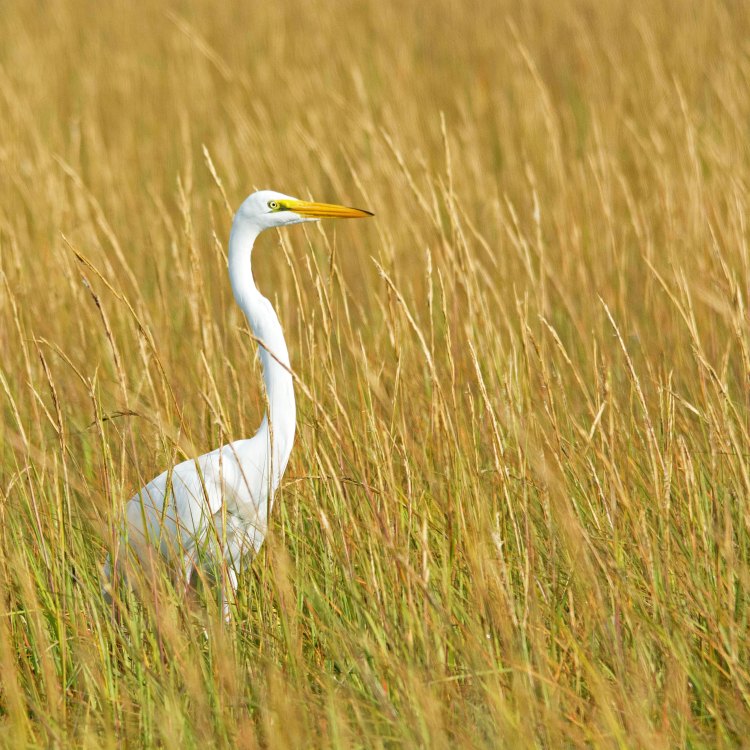
The Graceful Great Egret: A Majestic Bird of Wetlands
Disclaimer: The content provided is for informational purposes only. We cannot guarantee the accuracy of the information on this page 100%. All information provided here may change without prior notice.





